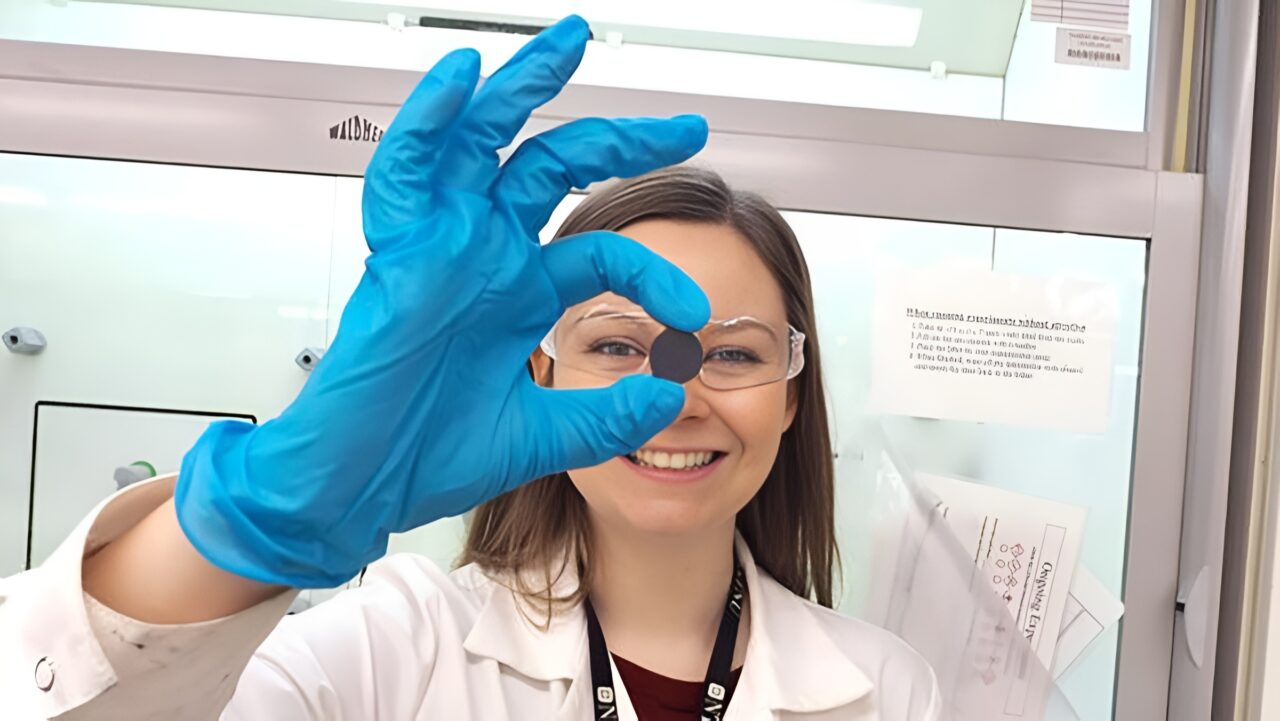Researchers at the Norwegian University of Science and Technology (NTNU) have discovered a new, cheap way to produce oxygen from waste materials. This new method could create a revolution, especially in the industrial and medical sectors where oxygen is in high demand. So, what benefits will this invention provide? Here are the details…
Low-cost method to produce cheap oxygen from waste materials
Prof. The team led by Sverre Magnus Selbach discovered new materials that can be used to produce oxygen. These materials are much cheaper and energy efficient than traditional methods. Selbach and his team worked on materials in which oxygen could be stored and released quickly.

These waste materials offer great advantages over expensive and energy-intensive methods such as distilling oxygen from air. Selbach, “These materials can release pure oxygen at much lower temperatures, meaning less energy consumption and lower costs,” says.
In the focus of the research hexagonal manganites is available. These materials offer great advantages in terms of rapid absorption of oxygen, cost effectiveness and scalability. Additionally, hexagonal manganites have high entropy properties, meaning they have various compositions and do not have definitive crystal structures.


This allows waste materials to tolerate impurities and small defects during the production process. Thus, working with these materials becomes both easy and cheap. “These materials can store and release oxygen much more efficiently,” Selbach said. “Flexibility in the production process makes them more practical and useful,” he says.
The production of cheap oxygen from waste materials could make a big difference in oxygen-dependent fields such as industry and medicine. In other words, everything from oxygen masks used in hospitals to oxygen sources used in industrial and automotive facilities will be cheaper and more environmentally friendly.
For example, reducing oxygen production costs in hospitals could also reduce the cost of healthcare. Likewise, making oxygen cheaper in industrial production can reduce production costs and therefore final product prices.
Details of the research Chemistry of Materials You can access it from their website. So what do you think about this development? What other benefits do you think cheap oxygen production provides? You can write your opinions in the comments section below.

